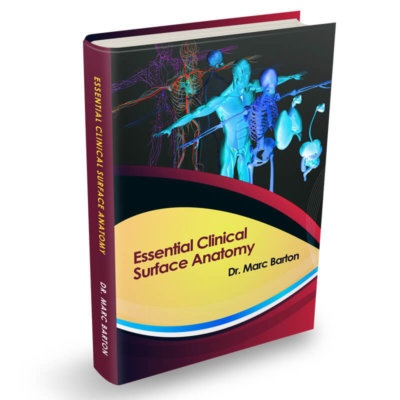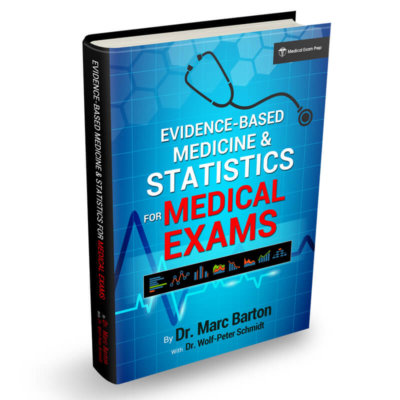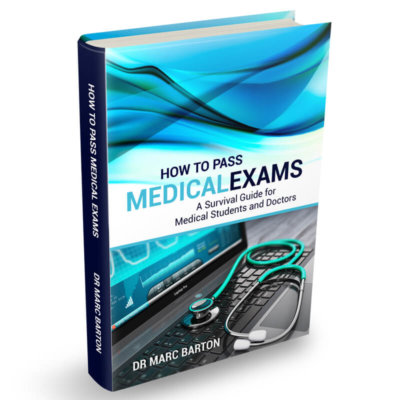Appendicitis is acute inflammation of the vermiform appendix.
It is the most common surgical emergency worldwide.
If untreated, it can progress to perforation, abscess, or peritonitis.
Epidemiology
Peak incidence: Teenagers and young adults (10–30 years).
Slightly more common in males.
Lifetime risk: ~7–8%.
Risk is lower in populations with high dietary fibre intake.
Clinical Features
Classic sequence:
- Periumbilical pain (visceral pain due to midgut innervation)
- Migration of pain to the right iliac fossa (localised somatic peritoneal irritation)
- Nausea and vomiting (usually follows the pain)
- Anorexia (loss of appetite common)
- Fever (low-grade initially)
Signs:
- Right lower quadrant tenderness (McBurney’s point)
- Rovsing’s sign: RLQ pain on palpation of LLQ
- Psoas sign: Pain on hip extension (retrocaecal appendix)
- Obturator sign: Pain on internal rotation of flexed right hip (pelvic appendix)
Investigations
Clinical diagnosis is primary — no single test rules it in or out.
Bloods: Neutrophilia, raised CRP.
Urinalysis: To exclude UTI (can have mild pyuria in appendicitis).
Pregnancy test (β-hCG): Always do in women of childbearing age.
Imaging:
- Ultrasound: Good first-line, especially in children and young women.
- CT scan: Higher sensitivity and specificity, preferred in adults with diagnostic uncertainty.
Management
Supportive care: IV fluids, analgesia, antiemetics.
Antibiotics: IV antibiotics given preoperatively (reduce post-op infection risk).
Definitive treatment:
- Laparoscopic appendicectomy is the standard.
- Open surgery if laparoscopy is unavailable or complicated cases.
Non-operative management (antibiotics only) may be considered in selected cases of uncomplicated appendicitis, but surgery remains the gold standard.
Complications
Perforation ➔ Generalised peritonitis.
Appendiceal abscess ➔ May require drainage and delayed surgery.
Sepsis ➔ Higher risk if diagnosis is delayed.
Infertility risk if pelvic abscess forms, particularly in young females.
Key Exam Tips
Pain that starts central and migrates to RIF is highly suspicious.
If pain starts in the RIF (not migratory), consider other differentials (e.g., mesenteric adenitis).
Always do a pregnancy test in women of childbearing age — ectopic pregnancy can mimic appendicitis.
CT is better for adults; ultrasound is preferred for children and young women.
Antibiotics do not replace surgery in most cases.
Header image used on licence from Shutterstock
Thank you to the joint editorial team of PLAB Prep for this article.






